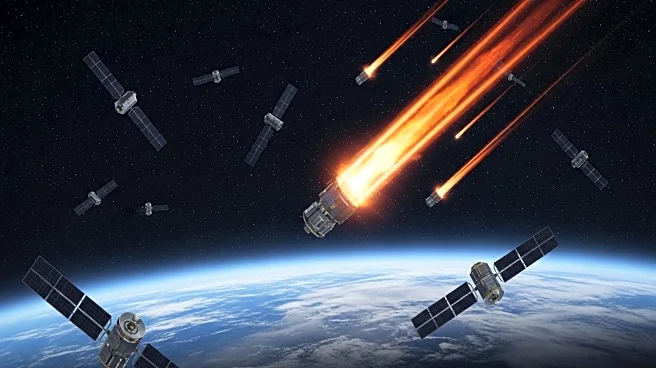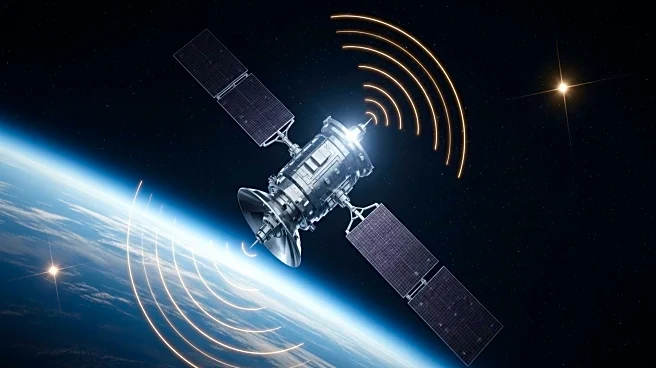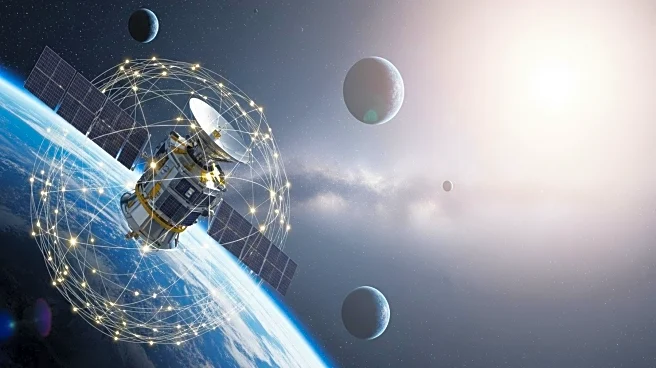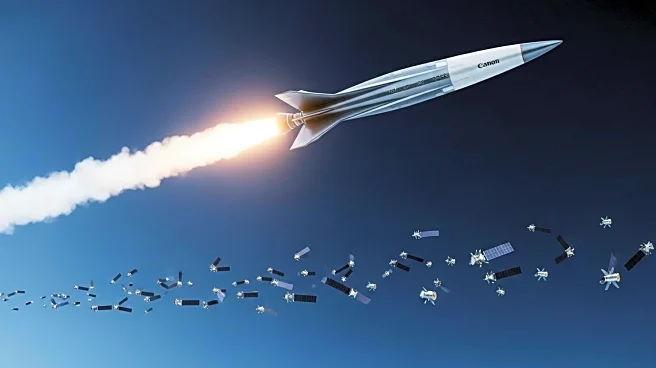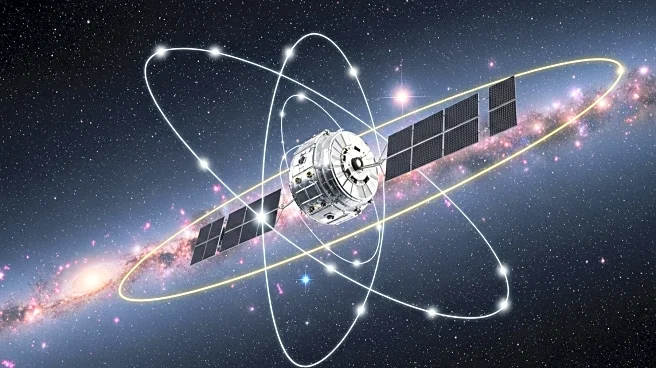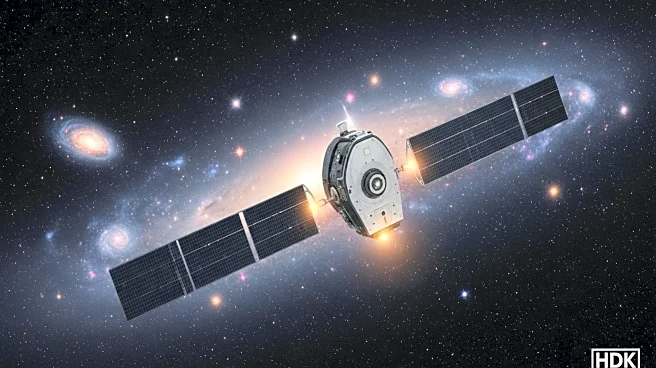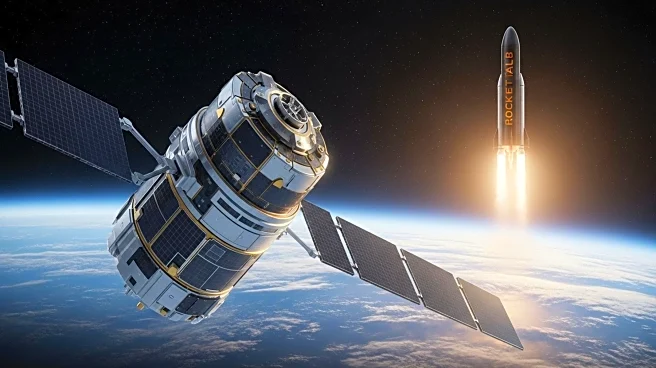What's Happening?
Residents in California and Canada have been witnessing what appear to be shooting stars or meteorites, but these are actually Starlink satellites re-entering Earth's atmosphere. These low-Earth orbit (LEO) satellites, which provide internet services, have a lifespan of about five years. As they reach the end of their operational life, they begin to fall back to Earth, burning up upon re-entry. Currently, one to two satellites are re-entering daily, but this number is expected to increase to as many as five per day, according to Jonathan McDowell of Jonathan’s Space Report.
Why It's Important?
The re-entry of Starlink satellites highlights the growing presence and eventual turnover of LEO satellites, which are crucial for global internet connectivity. As more satellites reach the end of their life cycle, the frequency of these re-entries will increase, potentially raising concerns about space debris and atmospheric pollution. The spectacle of these satellites burning up in the atmosphere also underscores the need for sustainable satellite management practices as the number of satellites in orbit continues to grow.
What's Next?
As the number of satellites re-entering the atmosphere increases, there may be calls for more stringent regulations on satellite end-of-life procedures to mitigate potential environmental impacts. Additionally, companies like SpaceX, which operates Starlink, may need to develop more efficient ways to manage satellite turnover and minimize space debris.

